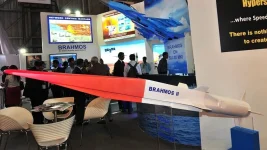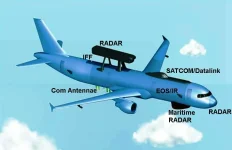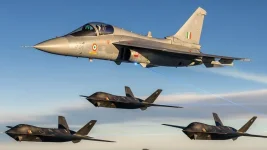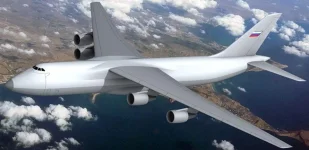- Views: 4K
- Replies: 6
In a landmark announcement, the Indian Air Force (IAF) has confirmed its plan to upgrade a vast majority of its Sukhoi Su-30MKI fighter jet fleet to the advanced "Super Sukhoi" standard.
Speaking ahead of the 93rd Air Force Day, Air Chief Marshal Amar Preet Singh revealed that approximately 75% of the fleet, numbering over 200 aircraft, will be equipped with next-generation indigenous technology.
This ambitious initiative aims to significantly enhance the jet's combat capabilities and extend its operational life well into the 2050s.
The Su-30MKI, a twin-engine multi-role fighter of Russian origin and license-produced in India by Hindustan Aeronautics Limited (HAL), currently forms the backbone of the IAF's combat fleet with around 272 jets in service.
However, many of the earlier models are equipped with avionics and sensors from the early 2000s. The new upgrade is designed to overhaul these systems, ensuring the fleet remains a formidable force capable of countering modern aerial threats from regional adversaries.
This comprehensive modernisation effort will infuse the aircraft with cutting-edge systems developed domestically.
Key among these enhancements is the integration of the DRDO's 'Uttam' Active Electronically Scanned Array (AESA) radar, which provides superior detection and tracking of multiple targets at extended ranges.
The jets will also be fitted with a state-of-the-art electronic warfare suite for enhanced survivability, an AI-powered mission computer for faster combat calculations, and new cockpit displays.
The weapons package will be upgraded to carry next-generation armaments, including the BrahMos-NG supersonic missile, the indigenous Astra beyond-visual-range air-to-air missile (BVRAAM), and the Rudram series of anti-radiation missiles.
Air Chief Marshal Singh stressed the strategic importance of the program, highlighting that the upgrade is a direct response to the evolving security landscape in the region, including the continued induction of advanced aircraft like the J-20 by China and the JF-17 Block III by Pakistan.
Citing lessons from recent military exercises, he stated, "This isn’t just an upgrade; it’s a rebirth that keeps us ahead in the Indo-Pacific chessboard." The enhanced capabilities will bolster the Su-30MKI's effectiveness in air superiority, deep strike, and maritime roles.
The execution of this massive project will be led by Hindustan Aeronautics Limited (HAL) in a phased manner to maintain operational readiness.
The initial phase, approved by the Ministry of Defence in 2023, will commence in 2030 with an initial batch of 84 aircraft. To avoid depleting the IAF's squadron strength, the upgrade timeline is synced with the induction of new Tejas Mk1A and Rafale fighters.
HAL's Nashik division, which originally assembled the jets, will spearhead the overhaul, aiming for a production rate of 12-15 upgraded aircraft annually by 2035.
A central pillar of the "Super Sukhoi" program is the push for self-reliance in defence manufacturing.
Air Chief Marshal Singh noted that the goal is to achieve an indigenisation level of 70-80%, with close collaboration between public-sector undertakings like HAL and DRDO, as well as the private industry.
The overall cost of modernising approximately 200 jets is estimated to be between ₹60,000 and ₹70,000 crore, representing a significant investment in India’s long-term air power and domestic defence ecosystem.




